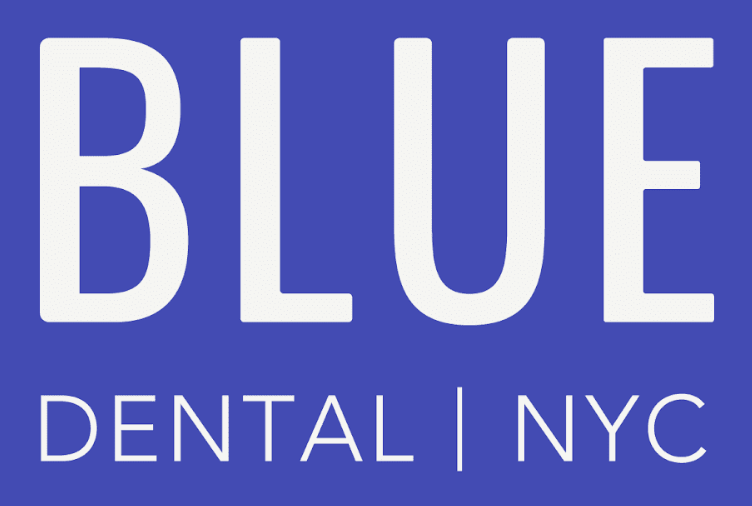Bone Grafting
in Upper East, Manhattan
Healthy bone is the foundation for stable implants and natural-looking results. If bone has thinned after tooth loss, infection, or trauma, a bone graft can rebuild volume and support—so your future implant or restoration lasts. At Blue Dental on the Upper East Side, we plan grafts with meticulous diagnostics and a comfort-first approach.
Why choose us for bone grafting
- Prosthodontic-led planning: We design grafts with the final implant and crown in mind—position, bite, and esthetics.
- Comprehensive options: Socket preservation, ridge augmentation, sinus lift, and guided bone regeneration (GBR).
- Quality materials: Evidence-based grafts, resorbable membranes, and biologics when appropriate.
- Comfort & clarity: Gentle techniques, clear timelines, and insurance-friendly estimates.
When a bone graft is recommended
- Recent or past tooth extraction with visible concavity or thin ridge
- Planning for a dental implant where bone height/width is inadequate
- Sinus has pneumatized (dropped) after upper back tooth loss
- Defects from periodontal disease or prior infection
Types of bone grafting we offer
- Socket preservation (extraction-site graft): Placed at the time of tooth removal to maintain ridge width and height for a future implant.
- Ridge augmentation (horizontal/vertical): Rebuilds thin or uneven areas so an implant can be positioned correctly.
- Sinus lift (internal or lateral): Elevates the sinus membrane and adds bone in the upper molar/premolar region to allow proper implant length.
- Guided bone regeneration (GBR): Uses a barrier membrane to protect the graft as your body forms new bone.
Graft materials & membranes
- Allograft: Donor bone processed for safety; widely used and well-studied.
- Xenograft: Mineralized bovine-derived matrix that supports long-term volume.
- Alloplast (synthetic): Biocompatible materials that integrate with your bone.
- Autograft (your own bone): Used selectively for specific defects.
Resorbable membranes are often placed over the graft to stabilize the site and guide healing.
The treatment process
- Consultation & imaging: Exam plus digital X-rays; CBCT 3D scan when indicated to map bone and vital structures.
- Planning: We review options (type of graft, timing with extraction/implant) and provide a written estimate.
- Procedure: Local anesthesia; gentle site preparation; graft placement and membrane coverage; sutures as needed.
- Healing: Most grafts heal 3–6 months before implant placement (some minor grafts can be combined with immediate implants when conditions are ideal).
- Re-evaluation: Imaging to confirm bone volume; finalize implant plan.
Comfort, recovery & aftercare
- Expect mild soreness or swelling for a few days—most patients manage with over-the-counter medication.
- Stick to soft foods initially; avoid disturbing the area with fingers or tongue.
- No smoking/vaping—it slows healing and increases complications.
- We’ll provide step-by-step home-care instructions and see you for a short follow-up.
Risks & considerations
All procedures carry some risk (bleeding, infection, graft exposure, or partial resorption). Careful planning, good home care, and avoiding tobacco help minimize issues and support long-term success.
Cost & insurance
Fees depend on graft type, materials, membranes, and whether the graft is done with an extraction or sinus lift. Many plans contribute when grafting is part of implant preparation. We’re insurance-friendly—we verify benefits in advance, provide clear written estimates, and submit claims on your behalf. Flexible payment options are available.
FAQs
Does bone grafting hurt?
You’ll be thoroughly numb; most patients report pressure, not pain. Post-procedure soreness is typically mild and short-lived.
How long until I can get the implant?
Commonly
3–6 months, depending on defect size and location. We’ll confirm with imaging before proceeding.
Can you place the graft and implant on the same day?
Sometimes—if the site is stable and has enough native bone for primary implant stability. We’ll evaluate case by case.
Will my face look different?
Grafting supports the ridge and can improve contours where bone was sunken, especially in the smile zone.
What if the graft doesn’t “take”?
Partial resorption can happen. We re-assess the site and, if needed, perform a touch-up graft before implant placement.
Ready to rebuild your foundation?
Book a bone grafting consultation at our Upper East Side office. We’ll map your anatomy with precision, outline timelines and costs, and create a clear path to strong, long-lasting implant results.
